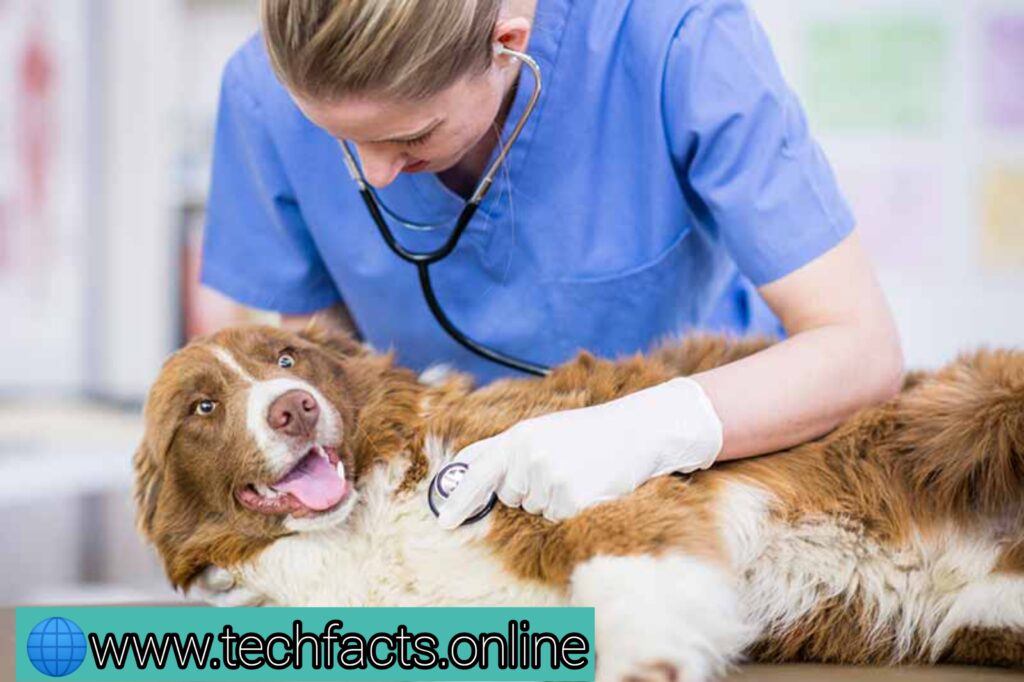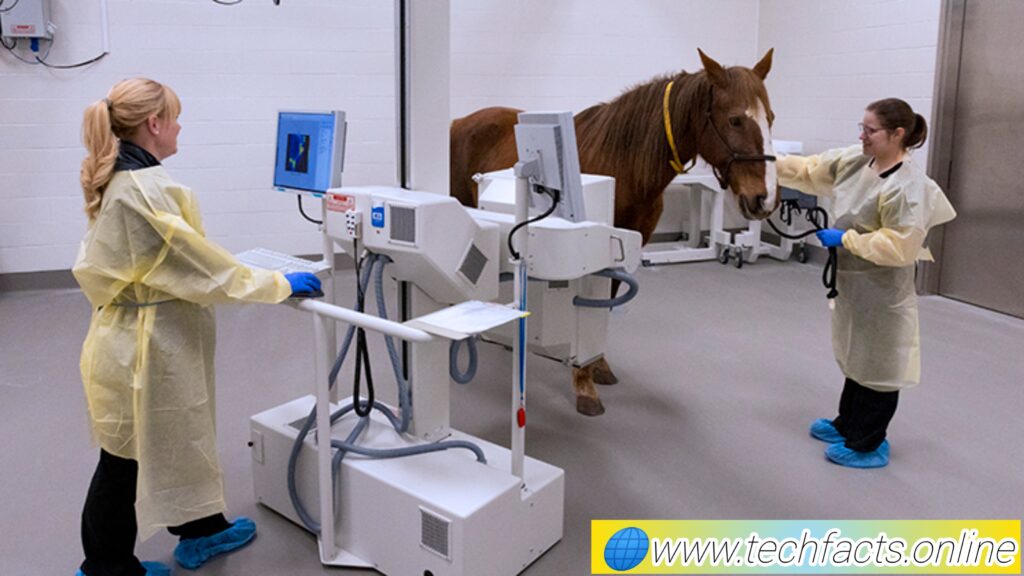Veterinary Technology: Transforming Animal Healthcare
Veterinary technology is a rapidly evolving field that combines advanced tools and techniques to enhance the healthcare of animals. This discipline encompasses a wide range of practices, from diagnostics to treatment, emphasizing the importance of human-animal relationships and technological innovations. In this article, we will explore the various aspects of veterinary technology, its advancements, applications, and the future it holds.

The Role of Veterinary Technologists
Veterinary technologists are essential in the veterinary field. They assist veterinarians in various tasks, including:
- Conducting diagnostic tests
- Administering medications
- Monitoring anesthesia during surgeries
- Providing emergency care
- Educating pet owners about animal care
Their expertise allows veterinarians to focus on complex medical procedures while ensuring that animals receive high-quality care.
Key Advancements in Veterinary Technology
The integration of technology in veterinary medicine has transformed the way care is delivered. Here are some of the most significant advancements:
1. Diagnostic Imaging
Diagnostic imaging technologies, such as MRI, ultrasound, and digital radiography, have revolutionized the ability to diagnose conditions in animals. These tools allow for:
- Non-invasive examinations of internal structures
- Early detection of diseases
- Guidance during surgical procedures
2. Telemedicine
Telemedicine has emerged as a vital tool in veterinary care, especially during the COVID-19 pandemic. This technology enables:
- Remote consultations with veterinarians
- Real-time monitoring of pet health through apps
- Convenient access to veterinary advice without traveling
3. Wearable Technology
Wearable devices, such as smart collars and activity trackers, provide valuable health data, including:
- Heart rate monitoring
- Activity levels
- Location tracking
These devices help pet owners keep track of their pets’ health and well-being.
4. 3D Printing
3D printing technology is making strides in veterinary medicine by allowing for:
- Custom prosthetics for injured animals
- Surgical models that assist in complex procedures
- Tailored implants that improve recovery outcomes
5. Robotics and Automation
The use of robots in veterinary surgery enhances precision and reduces recovery times. Key benefits include:
- Minimally invasive procedures
- Reduced surgical stress for animals
- Improved accuracy in complex surgeries
The Future of Veterinary Technology
As technology continues to advance, the future of veterinary medicine looks promising. Emerging trends include:
- Artificial Intelligence (AI) for diagnostics
- Genetic testing for personalized medicine
- Enhanced telehealth platforms for better communication between veterinarians and pet owners
Benefits of Technology in Veterinary Clinics
The adoption of technology solutions in veterinary clinics can streamline operations, enhance patient care, and improve overall efficiency. Here are some key benefits:
Streamlined Appointment Scheduling
Automated appointment scheduling systems eliminate the need for manual appointment booking and management. These systems provide an intuitive interface for veterinary staff to view available time slots, book appointments, and manage the clinic’s schedule.
Reduced Paperwork
Technology solutions significantly reduce the reliance on paper-based systems in veterinary clinics. Electronic medical records (EMRs) replace the need for physical files and allow for efficient storage, retrieval, and sharing of patient information.
Efficient Data Management
Technology solutions provide efficient data management capabilities, allowing veterinary clinics to store, organize, and analyze patient information more effectively. EMRs enable comprehensive and centralized records, including medical history, vaccination records, lab results, and treatment plans.

FAQs About Veterinary Technology
What is veterinary technology?
Veterinary technology involves the use of advanced tools and techniques to provide medical care to animals. It encompasses diagnostics, treatment, and the overall management of animal health.
What qualifications do veterinary technologists need?
Veterinary technologists typically require a degree in veterinary technology from an accredited program, along with certification and licensure to practice in their state.
How has telemedicine changed veterinary care?
Telemedicine allows pet owners to consult with veterinarians remotely, improving access to care and enabling real-time health monitoring.
What role does AI play in veterinary medicine?
AI is being integrated into diagnostics and treatment planning, enhancing the accuracy and efficiency of veterinary care.
What are the benefits of wearable technology for pets?
Wearable technology helps monitor pets’ health by tracking vital signs, activity levels, and location, allowing for proactive health management.
Popular Questions and Answers
- What is the salary of a veterinary technologist?
- The average salary of a veterinary technologist varies by location and experience, typically ranging from $30,000 to $50,000 annually.
- Can veterinary technologists perform surgeries?
- 7 Powerful Ways Health Information Technology Transforms Healthcare for Better and WorseWhile veterinary technologists assist in surgeries, they cannot perform surgeries independently; this is the responsibility of licensed veterinarians.
- What are the career prospects for veterinary technologists?
- The demand for veterinary technologists is expected to grow significantly, driven by an increase in pet ownership and advancements in veterinary medicine.
- How does 3D printing benefit veterinary medicine?
- 3D printing allows for the creation of custom prosthetics and surgical models, improving treatment outcomes and recovery times for animals.
- What is the impact of telemedicine on pet care?
- Telemedicine enhances access to veterinary care, allowing pet owners to consult with veterinarians from the comfort of their homes, thus improving overall pet health management.
Conclusion
Veterinary technology is a dynamic field that continues to evolve, driven by advancements in science and technology. The integration of tools such as diagnostic imaging, telemedicine, and wearable devices has significantly improved the quality of care provided to animals. As we look to the future, the continued development of veterinary technology promises to enhance the health and well-being of our beloved pets.


